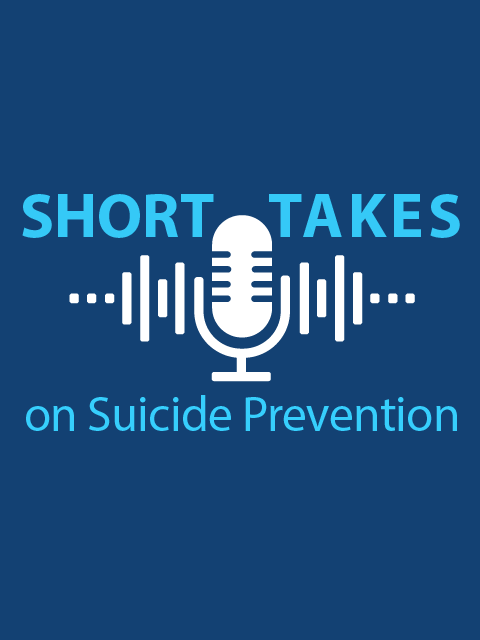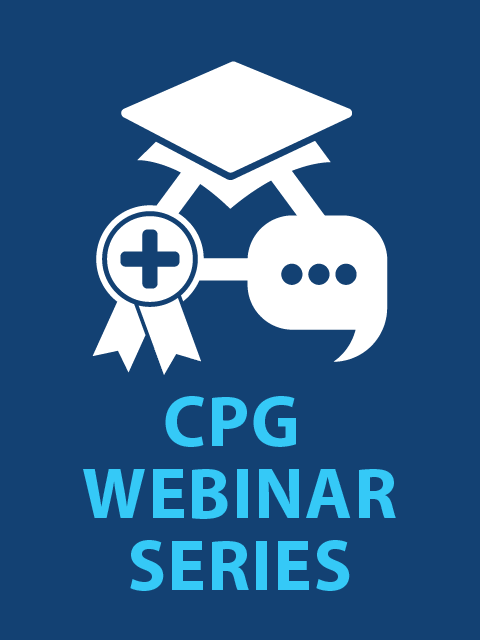4: Suicide Risk Stratification
Screening and Assessment » Assessment
4: Suicide Risk Stratification
While risk stratification is an expected component of routine care, there is insufficient evidence to recommend for or against the use of a specific tool or method to determine the level of risk.
Strength:
Neither for nor against
Category:
ReviewedNew-added
Grades and Definitions
- Strong for
- or "We recommend offering this option …"
- Weak for
- or "We suggest offering this option …"
- No recommendation
- or "There is insufficient evidence …"
- Weak against
- or "We suggest not offering this option …"
- Strong against
- or "We recommend against offering this option …"
Categories and Definitions |
||
|---|---|---|
| Evidence Reviewed* | Recommendation Category* | Definition* |
| Reviewed | New-added | New recommendation following review of the evidence |
| New-replaced | Recommendation from previous CPG that has been carried over to the updated CPG that has been changed following review of the evidence | |
| Not changed | Recommendation from previous CPG that has been carried forward to the updated CPG where the evidence has been reviewed but the recommendation is not changed | |
| Amended | Recommendation from the previous CPG that has been carried forward to the updated CPG where the evidence has been reviewed and a minor amendment has been made | |
| Deleted | Recommendation from the previous CPG that has been removed based on review of the evidence | |
| Not reviewed | Not changed | Recommendation from previous CPG that has been carried forward to the updated CPG, but for which the evidence has not been reviewed |
| Amended | Recommendation from the previous CPG that has been carried forward to the updated CPG where the evidence has not been reviewed and a minor amendment has been made | |
| Deleted | Recommendation from the previous CPG that has been removed because it was deemed out of scope for the updated CPG | |
| *Adapted from the NICE guideline manual (2012): The guidelines manual. London: National Institute for Health and Care Excellence;2012. and Martinez Garcia L, McFarlane E, Barnes S, Sanabria AJ, Alonso-Coello P, Alderson P. Updated recommendations: An assessment of NICE clinical guidelines. Implement Sci. 2014;9:72. | ||
Recommendation Resources
Although there remains no valid and reliable tool to predict who will (or will not) go on to attempt or die by suicide, the standard of care still mandates efforts to stratify risk in a manner that informs safety needs and clinical care. Completing comprehensive assessments to determine level of risk and appropriate risk mitigation strategies is essential. Risk stratification, when completed as part of a comprehensive assessment, facilitates clinical impressions regarding suicide risk, and identifies appropriate risk mitigation strategies and treatment decisions. It is useful to have a consistent lexicon for identifying and communicating a patient’s level of risk (i.e., high, intermediate, or low acute or chronic risk).
Training and Clinical Resources
This section includes recommended training and/or clinical resources about suicide risk stratification.
-
 The Suicide Risk Management (SRM) Consultation Program provides free consultation, support, and resources that promote therapeutic best practices for providers working with Veterans at risk of suicide.
The Suicide Risk Management (SRM) Consultation Program provides free consultation, support, and resources that promote therapeutic best practices for providers working with Veterans at risk of suicide. -
 Therapeutic Risk Management — Risk Stratification Table helps providers make determinations regarding suicide risk levels with respect to severity and temporality and to aid in suicide risk management clinical decision making.
Therapeutic Risk Management — Risk Stratification Table helps providers make determinations regarding suicide risk levels with respect to severity and temporality and to aid in suicide risk management clinical decision making. - Learn about the Therapeutic Risk Management model for supporting patients at risk for suicide
- Therapeutic Risk Management (TRM) with Patient at Risk for Suicide
Books
This section includes recommended books about suicide risk stratification.
Return to Resource OptionsWebinars
This section includes recommended webinars about suicide risk stratification.
Return to Resource OptionsPodcasts
This section includes recommended podcasts about suicide risk stratification.
- Rocky Mountain MIRECC Short Takes on Suicide Prevention
-
 Fluid Vulnerability Theory — a way to Understand Acute and Chronic Suicide Risk with Dr. Craig Bryan
Fluid Vulnerability Theory — a way to Understand Acute and Chronic Suicide Risk with Dr. Craig Bryan -
 A new take on Zero Suicide and Risk Formulation with Dr. Tony Pisani
A new take on Zero Suicide and Risk Formulation with Dr. Tony Pisani
Articles
This section includes recommended articles about suicide risk stratification.
- (2022). Scores on the suicide cognitions scale-revised (SCS-R) predict future suicide attempts among primary care patients denying suicide ideation and prior attempts. Journal of affective disorders, 313. 21–26. https://doi.org/10.1016/j.jad.2022.06.070
- (2015). A multidisciplinary approach to therapeutic risk management of the suicidal patient. Journal of multidisciplinary healthcare, 8. 291-298. https://doi.org/10.2147/JMDH.S50529
- (2019). Suicide Risk Assessment and Management: Tips for Improving Care and Outcomes. Psychiatric Times, Vol 36, Vol 1. https://www.psychiatrictimes.com/view/suicide-risk-assessment-and-management-tips-improving-care-and-outcomes
- (2014). Therapeutic risk management of the suicidal patient: stratifying risk in terms of severity and temporality. Journal of Psychiatric Practice, 20(1). 63-67. https://doi.org/10.1097/01.pra.0000442940.46328.63














 Suicide Risk Stratification and Documentation
Suicide Risk Stratification and Documentation 





